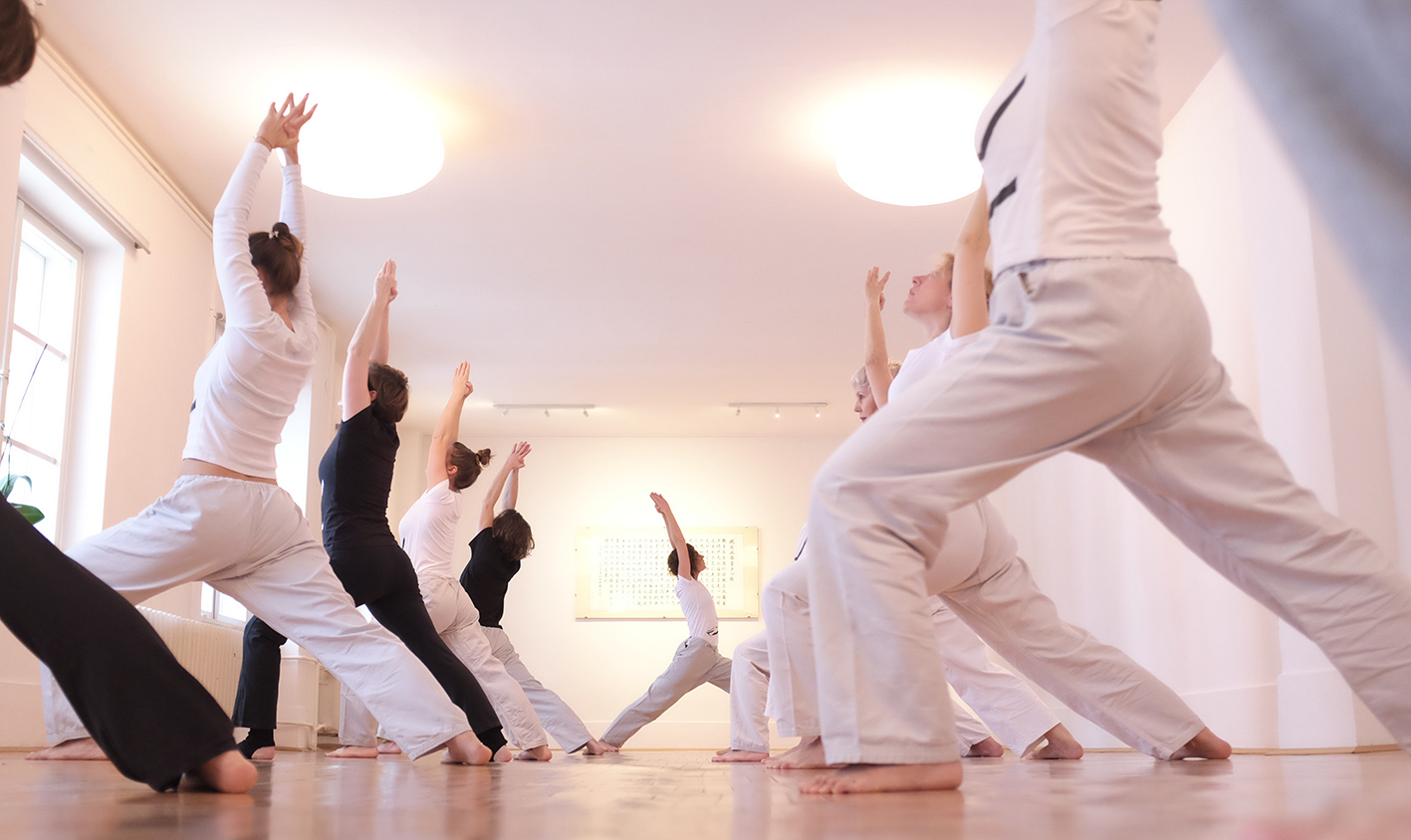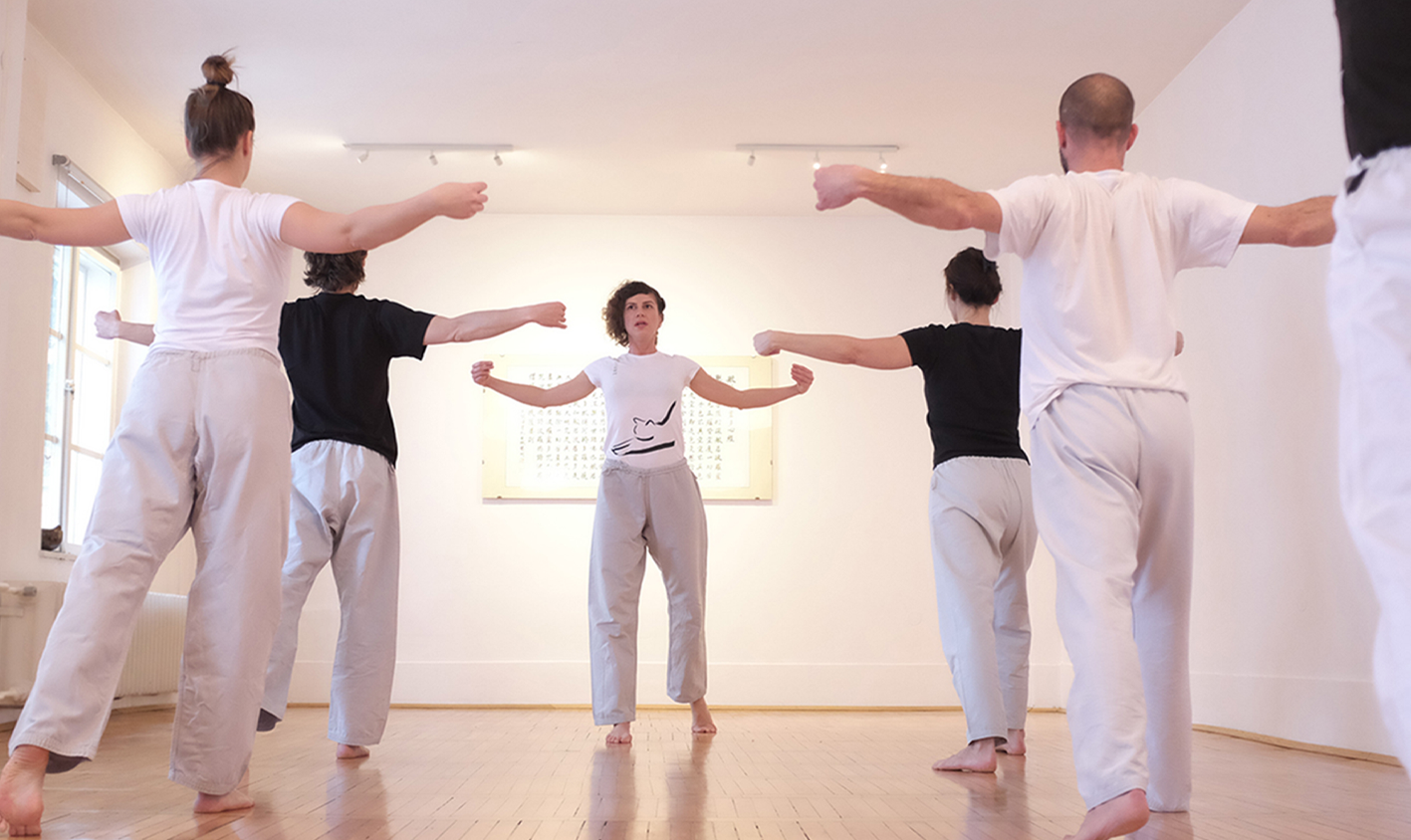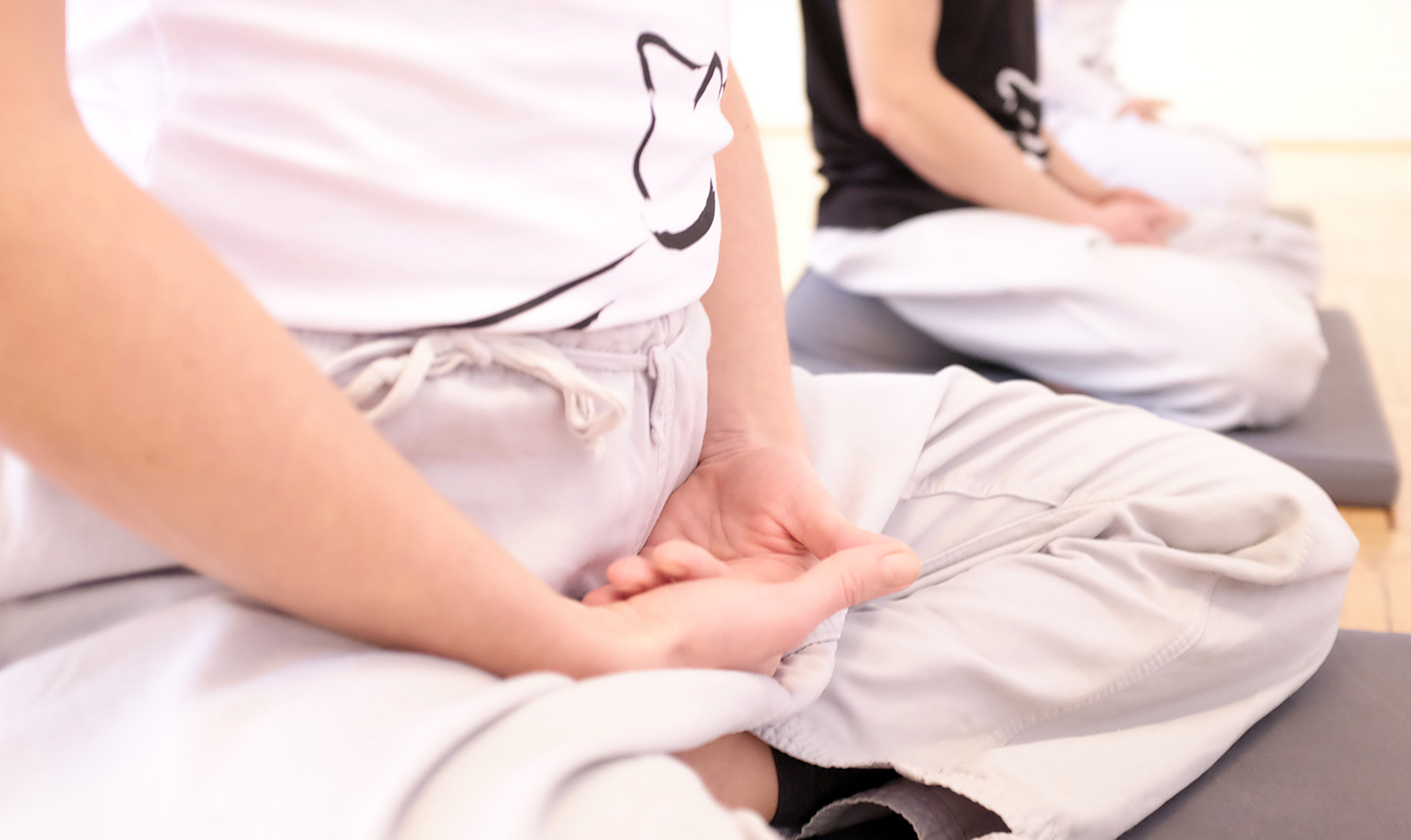
About Zenyoga
The word Zen is a translation of the Chinese term Chan, while Chan is a translation of the Sanskrit term dhyana, which denotes deep meditative concentration. Spiritual training represents the core of Zenyoga and is realized through nourishing mindfulness. Its practice is done within a special holistic model which grew from the knowledge that we as humans are capable of three modes of doing. The first is the body and it includes everyday movements, physical work and learnt skills. The second is speech and breath which initiates the former. In this sense, breath represents the refined bond between body and mind. The third is the mind, which encapsulates all our thinking and feeling. The body, speech and mind contain the beginning and end of our capacity for expression as human beings, and the practice of Zenyoga speaks to all three equally. By practicing and nourishing the pureness of attention and presence in our Zenyoga classes, we try to get our body, breath, and mind in order.

Getting our body in order
Getting the body in order through Zenyoga is a dynamic process that involves the development of endurance, flexibility, relaxation, strength, balance, and vital energy flow improvement. The system of Zenyoga relies on two sources – Indian Hatha yoga and Chinese therapeutic positions and exercises. Our sequences come from either the Indian or the Chinese tradition. Each is a predetermined set of positions or exercises that are executed in a specific rhythm of movement and breathing. That rhythm can be dynamic or slow, depending on whether relaxation, strength or balance is our focus. Sequences and individual positions are practiced according to the principle of gradation, from simpler and easier ones towards more complicated and harder ones. An important symbolic model in Zenyoga is the knowledge of four elements that make up our reality – those are earth, water, fire, and air. Our body is made up of those four elements as well. The adjustment of our body comes from the understanding that due to several factors at play – negative outside influence, emotional and psychological states, exercise habits and genetics, the ratio of elements in our body is not balanced. A harmonious body is simultaneously durable (earth), flexible (water), strong (fire) and agile (air). Therefore, Zenyoga encapsulates principles that equally develop all these qualities in its training, attempting to alleviate weariness, rigidity, weakness, and immobility and lessen the influence of negative circumstances.
Relaxation is a crucial part of practice due to the constant activity and unrest of our daily thoughts that imprints on the body in the form of tension that results in discomfort or pain. It is done in two ways, through activity and rest. Practicing relaxation leads to the feeling of comfort, and that feeling in our body leads to joy. That is when movement becomes meditation in movement which blends the body, breath, and mind together. If we are truly present ‘here and now‘, after a good yoga class we will experience a strong feeling of emotional relief as a consequence of a present mind. Joy comes from enjoying the exercise itself and is realized by approaching every position and stance as if we were doing it for the first time, with the mind of a beginner. It is also the natural consequence of relaxation and awareness, which offer an escape from close-mindedness. The practice of yoga that is filled with joy is not euphoric, but rather quietly elated by the miracle of exercising our body and mind here and now.

Getting our breath in order
Breath is the finest part of materiality and an energy source that keeps us alive. It is the mediator between the body and mind; therefore, all physical and mental processes are manifested through our breath. Breathing is, thus, the meeting point of the body and mind and an indicator of our physical and mental state. Shallow, surface-level, fast and rough breathing can be a result of incorrect posture, disease, or lack of exercise, but can also be a reflection of a restless, distracted mind, riddled with negative emotions. Since it is prone to control, getting our breath in order is beneficial to the state of our body and the emotional state we find ourselves in. When we are happy, our breath is deep and relaxed. Deepening our breath fills our body with oxygen, successfully gets rid of toxins and the harmful effects of stress, raises the levels of our happiness hormones, strengthens our heart, blood vessels and lungs. Getting the breath in order in the context of Zen yoga means becoming aware of and deepening our breathing, breathing from our “stomach”, and matching our breathing with our movement. Managing our breath in this way gives us the opportunity to discover why our breath is such a powerful resource and our best ally on the journey towards stillness and a harmonious life.

Getting our mind in order
Just like relaxation, the mind can be exercised in stillness and in movement. Exercising our mind in stillness is sitting meditation – Tso Chan or Zazen. It is usually considered simple, because the mind is easier to calm down when our body is calm and when our attention is directed at one thing only – the object of meditation. It is harder to exercise our mind during movement, especially when the exercises are complicated and difficult. But it is not impossible. If we are familiar with the procedure and method, and are willing to apply it, it becomes a whole new experience waiting to be discovered. By practicing meditation in movement in this way it is possible to achieve the goal of Zenyoga, which is the complete amalgamation of body, breath, and mind. When these three parts of “us” are fused together forming an inseparable unit, we are experiencing the deep meditative state of samadhi. This experience largely changes the way in which we perceive ourselves and the world.
Read more about Chan meditation at chan.hr
